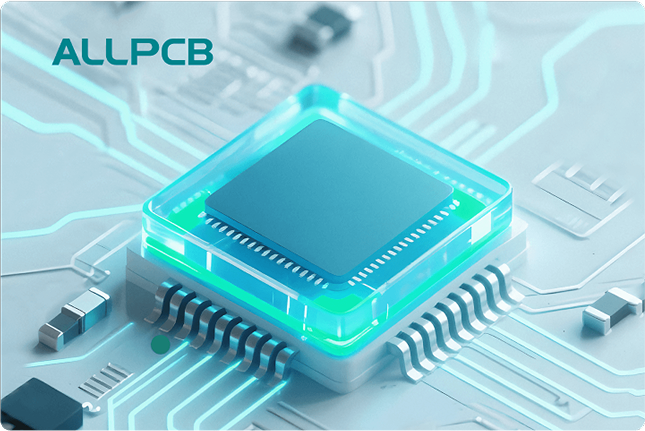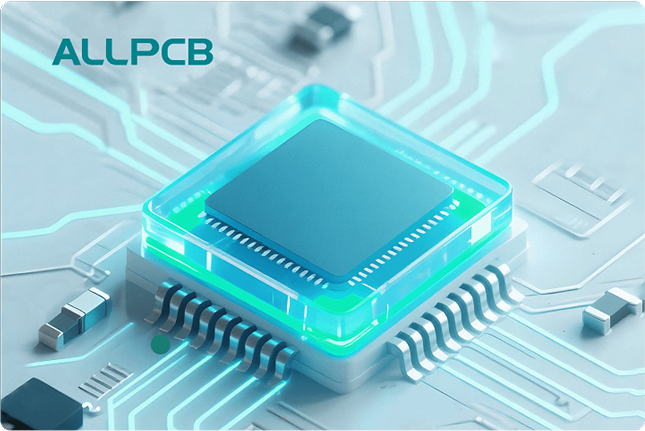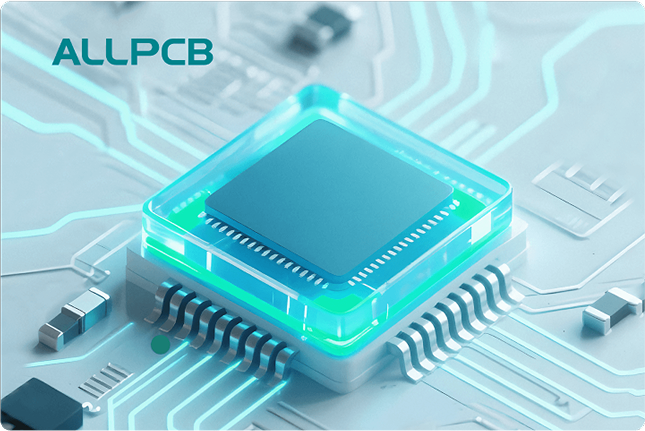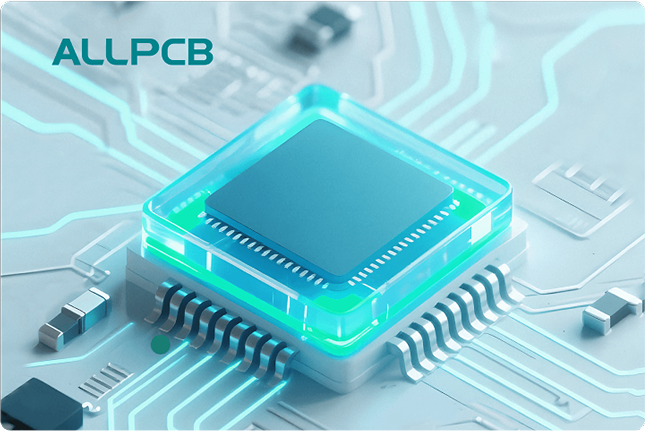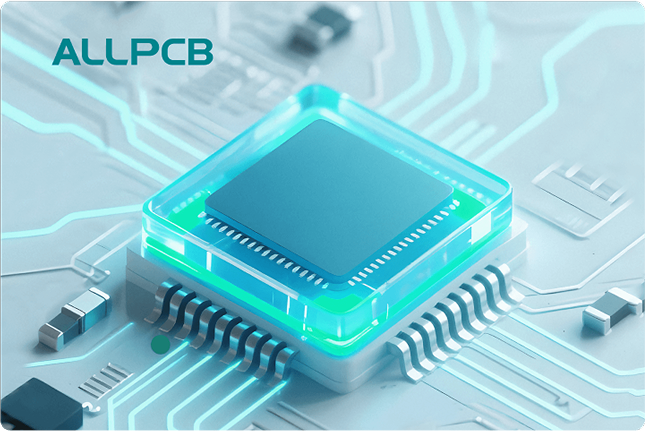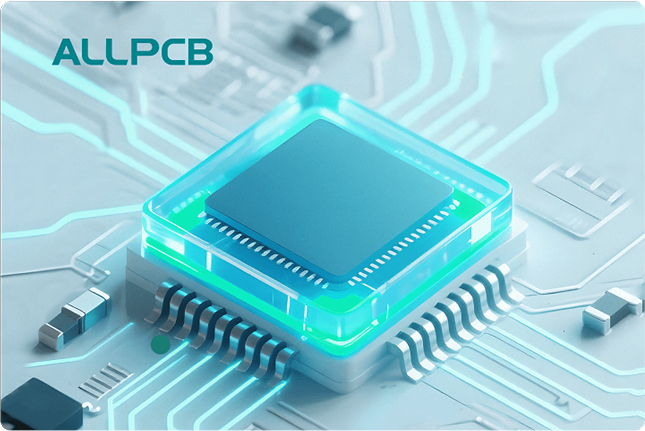In the world of PCB assembly, solder mask adhesion is a critical factor that can make or break the reliability of a printed circuit board. Poor adhesion can lead to peeling, delamination, or even complete failure of the protective layer, exposing copper traces to damage. If you're facing solder mask adhesion problems or looking for ways of improving solder mask adhesion, this guide is for you. We'll dive into the key factors affecting bond strength, practical tips for better adhesion, and the role of surface preparation for solder mask in achieving optimal solder mask peel strength.
In this comprehensive blog, we'll explore the essentials of solder mask adhesion, common issues, and actionable solutions to ensure your PCBs perform reliably in demanding applications. Whether you're an engineer, designer, or manufacturer, understanding these factors will help you avoid costly defects and enhance the durability of your boards.
What Is Solder Mask Adhesion and Why Does It Matter?
Solder mask, also known as solder resist, is a thin polymer layer applied to a PCB to protect copper traces from oxidation, prevent solder bridges during assembly, and insulate the board from environmental factors. For the solder mask to do its job effectively, it must adhere strongly to the PCB surface. Solder mask adhesion refers to the bond strength between this protective layer and the underlying materials, typically copper and laminate.
Weak adhesion can result in peeling or delamination, especially under thermal stress or during soldering processes where temperatures can exceed 260°C. This exposes the copper to moisture, corrosion, and mechanical damage, leading to short circuits or complete board failure. Strong solder mask peel strength—a measure of how much force is needed to peel the mask off the board—is essential for long-term reliability, particularly in high-performance applications like automotive or aerospace electronics.
Common Solder Mask Adhesion Problems in PCB Assembly
Before diving into solutions, it's important to understand the typical solder mask adhesion problems that manufacturers encounter. Identifying these issues early can save time and resources during production.
- Peeling or Delamination: The solder mask lifts off the surface, often due to poor surface preparation or incompatible materials. This is especially common in areas exposed to high heat or mechanical stress.
- Cracking: Thermal expansion during soldering or operation can cause the solder mask to crack if the material lacks flexibility or if adhesion is weak.
- Bubbling: Trapped moisture or air under the mask during application can create bubbles, reducing bond strength and leading to delamination.
- Incomplete Coverage: If the solder mask doesn't fully adhere to edges or complex geometries, it leaves parts of the copper exposed, increasing the risk of corrosion.
These issues not only compromise the board's functionality but also lead to costly rework or scrapped units. For instance, a study in the electronics industry found that nearly 15% of PCB failures are linked to solder mask defects, with adhesion issues being a leading cause.
Key Factors Affecting Solder Mask Bond Strength
Several factors influence solder mask peel strength and overall adhesion. Understanding these can help you address potential problems during design and manufacturing.
1. Surface Preparation for Solder Mask
One of the most critical steps in achieving strong adhesion is proper surface preparation for solder mask. The PCB surface must be clean and free of contaminants like oils, oxides, or residues from previous processes. Even a thin layer of contamination can prevent the solder mask from bonding effectively with the copper or laminate.
Common surface preparation techniques include:
- Micro-etching: A chemical process that roughens the copper surface to improve mechanical bonding. Typically, a solution like sulfuric acid-hydrogen peroxide is used to create a surface roughness of 1-2 microns.
- Plasma Cleaning: This method uses ionized gas to remove organic contaminants and activate the surface for better adhesion. It's particularly effective for high-density boards.
- Desmearing: For multilayer PCBs, desmearing removes resin smears from drilled holes, ensuring the solder mask adheres evenly around vias.
Without proper surface preparation, adhesion strength can drop by as much as 30%, leading to peeling under thermal or mechanical stress.
2. Material Compatibility
The choice of solder mask material and its compatibility with the PCB substrate plays a huge role in adhesion. Most solder masks are epoxy-based or acrylic-based, and each type has different adhesion properties. For example, liquid photoimageable (LPI) solder masks often provide better adhesion on smooth surfaces compared to dry film masks, which may struggle on uneven terrains.
Additionally, the coefficient of thermal expansion (CTE) between the solder mask and the PCB laminate must be closely matched. A mismatch can cause stress during temperature changes, leading to delamination. For instance, if the CTE of the solder mask is 50 ppm/°C while the laminate is 15 ppm/°C, the resulting stress during a 100°C temperature shift can weaken the bond significantly.
3. Application Process and Curing
How the solder mask is applied and cured also affects its bond strength. Uneven application, incorrect viscosity, or inadequate curing can lead to weak adhesion. For LPI masks, curing at temperatures between 140-160°C for 30-60 minutes is often recommended to achieve optimal cross-linking of the polymer, which enhances adhesion.
Over-curing or under-curing can be equally problematic. Over-curing makes the mask brittle, reducing its flexibility and increasing the risk of cracking, while under-curing leaves the mask soft and prone to peeling. Manufacturers should follow precise curing profiles, often provided by the solder mask supplier, to ensure consistent results.
4. Environmental and Operational Stress
PCBs often operate in harsh conditions, from high humidity to extreme temperatures. These environmental factors test the solder mask peel strength. For example, during reflow soldering, the board may reach temperatures of 260°C or higher, causing thermal expansion. If the solder mask isn't formulated to withstand such stress, it can delaminate.
Moisture absorption is another concern. Solder masks with poor chemical resistance can absorb water, leading to swelling or loss of adhesion. Testing for moisture resistance, such as under IPC-TM-650 standards, can help predict how well the mask will hold up in humid environments.
Practical Tips for Improving Solder Mask Adhesion
Now that we've covered the factors affecting adhesion, let's explore actionable strategies for improving solder mask adhesion in your PCB assembly process. These tips can help minimize defects and boost the reliability of your boards.
1. Optimize Surface Preparation
Invest time in thorough surface cleaning and roughening. Use micro-etching to achieve a surface roughness of 1-2 microns, as this provides an ideal texture for mechanical bonding. Regularly inspect the cleaning process to ensure no contaminants remain—simple tests like the water break test (checking if water beads up on the surface) can indicate cleanliness. If water beads, the surface likely has organic residues and needs further cleaning.
2. Select the Right Solder Mask Material
Choose a solder mask that matches your PCB's requirements. For high-temperature applications, opt for a mask with a glass transition temperature (Tg) above 150°C to prevent softening during soldering. For flexible PCBs, select a mask with higher elasticity to avoid cracking during bending. Always consult with your material supplier to ensure compatibility with your laminate and copper finish.
3. Control Application and Curing Parameters
Maintain strict control over the solder mask application process. For liquid masks, ensure the coating thickness is uniform, typically between 20-30 microns for most applications. Use automated equipment to avoid human error in application. During curing, follow the recommended time and temperature settings—deviations as small as 10°C can impact adhesion strength by up to 20%.
4. Test for Adhesion Strength
Regularly test the solder mask peel strength using standardized methods like the tape test (IPC-TM-650 2.4.1) or cross-hatch adhesion test. These tests involve applying and removing adhesive tape or cutting a grid into the mask to check for peeling. A peel strength of at least 6 N/cm is generally considered acceptable for most PCB applications, though high-reliability boards may require higher values.
5. Minimize Environmental Stress During Storage and Assembly
Store PCBs in a controlled environment with low humidity (below 50% RH) and stable temperatures (around 20-25°C) to prevent moisture absorption before soldering. During assembly, use a gradual thermal profile for reflow soldering to reduce thermal shock, which can stress the solder mask and weaken adhesion.
How to Address Solder Mask Adhesion Problems
Even with the best practices, solder mask adhesion problems can still occur. Here's how to troubleshoot and resolve common issues effectively.
- Peeling or Delamination: Check for surface contamination or inadequate roughness. Revisit your cleaning and micro-etching processes, and consider switching to a more compatible solder mask material if the issue persists.
- Cracking: Evaluate the thermal properties of your solder mask. If the Tg is too low for your application, upgrade to a higher-performance material. Also, ensure curing is done at the correct temperature to avoid brittleness.
- Bubbling: Look for trapped moisture or air during application. Pre-bake the PCB at 100-120°C for 10-15 minutes before applying the mask to remove moisture. Ensure the application environment is dust-free to avoid air entrapment.
Implementing a root cause analysis for every adhesion failure can help identify whether the issue lies in material selection, process control, or environmental factors. Documenting these findings creates a valuable reference for preventing future defects.
The Role of Testing and Standards in Ensuring Adhesion
Adhesion testing is a cornerstone of quality control in PCB manufacturing. Standards like IPC-SM-840 provide guidelines for evaluating solder mask performance, including adhesion under various conditions. Common tests include:
- Tape Test: Measures adhesion by applying and removing pressure-sensitive tape. No mask should lift off if adhesion is adequate.
- Thermal Shock Test: Subjects the PCB to rapid temperature changes (e.g., -40°C to 125°C) to simulate real-world stress and check for delamination.
- Humidity Test: Exposes the board to high humidity (85% RH at 85°C) for 168 hours to assess moisture resistance and adhesion stability.
By adhering to these standards, manufacturers can ensure their solder masks meet the necessary solder mask peel strength thresholds for reliable performance. For critical applications, exceeding minimum standards—such as targeting a peel strength of 8 N/cm instead of 6 N/cm—can provide an extra margin of safety.
Conclusion: Building Stronger PCBs with Better Solder Mask Adhesion
Solder mask adhesion is a vital aspect of PCB assembly that directly impacts the durability and performance of electronic devices. By addressing solder mask adhesion problems through proper surface preparation for solder mask, careful material selection, and controlled application processes, you can significantly enhance solder mask peel strength. Implementing the practical tips for improving solder mask adhesion outlined in this guide will help you avoid common defects like peeling, cracking, and bubbling, ensuring your PCBs withstand the rigors of manufacturing and operation.
At ALLPCB, we're committed to supporting your PCB projects with high-quality manufacturing solutions. By prioritizing adhesion in every step of the process, from design to assembly, you can achieve reliable, long-lasting boards for any application. Focus on the fundamentals, test rigorously, and maintain strict process control to build PCBs that stand the test of time.
 ALLPCB
ALLPCB


